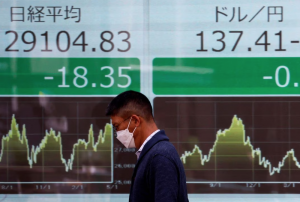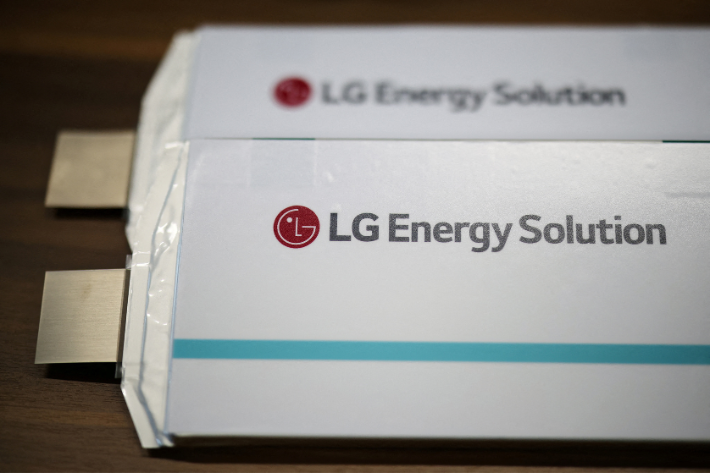(ATF) At the end of 2019, 10-year US Treasury bonds were yielding around 1.92%. Sovereign bonds were unloved by international investors. Yields above 3.00% – as recently as late-2018 – were too fresh in the market’s collective memory. The consensus view was that yields were too low to offer any meaningful downside protection.
The global recession was a sharp reminder that US Treasuries remain the premier global safe-haven asset.
The US Federal Reserve slashed the Fed Funds rate and implemented an aggressive quantitative easing program. Longer-dated yields collapsed briefly below 0.4%. For those of us who were cautious about the economic outlook at the end of 2019, an allocation to longer-dated Treasuries played an important hedge against the equity market turmoil in March.
Since August, the 10-year yield has traded in a very narrow range around 0.70%. The inertia around record low yield levels suggests the market has not yet bought into the Fed’s new inflation targeting regime.
There is still skepticism that the US has or will be able to achieve a durable, sustainable economic recovery.
That skepticism flies in the face of the data. The US unemployment rate peaked at 14.7% in April. It was 7.9% in September. Business and consumer surveys show an economy that is slowly grinding out a recovery despite the ongoing influence of Covid-19.
I expect the market will be eventually forced to acknowledge that the sheer weight of fiscal and monetary policy released in early 2020 has resulted in one of the shortest recessions in US history.
That realisation is going to be a challenging time for US Treasury yields.
A small allocation to US Treasuries may continue to be an important risk hedge. But the scope to provide meaningful protection is limited with rates close to zero. And central banks have fewer real options available to add to monetary policy accommodation.
CGBs yielding above 3.1%
Chinese government bonds (CGBs) may offer an alternative for investors.
Right now, longer-dated CGBs are yielding above 3.10%. Yields have increased steadily since falling to around 2.45% in April.
CGB yields have moved higher as China’s economic recovery has led the rest of the world. China was first to implement widespread lockdowns and quarantining. The economy suffered a deep recession in Q1 as a result of the efforts to contain the spread of the virus.
But China’s economy has recovered quickly. It is already likely self-sustaining. I expect the recovery will continue through the remainder of 2020 and 2021.
China’s economy expanded in the second quarter. Manufacturing, property and infrastructure sector activity has rebounded sharply to be back near pre-Covid-19 levels. Export activity has also been on the mend, despite global demand recovering somewhat slower than China’s own economy.
China’s rapid economic recovery has allowed the People’s Bank of China (PBoC) to turn its focus to financial stability. Excess credit growth and inefficient credit allocation has been a problem for China after previous crises. This time, the PBoC has been able to tighten credit conditions earlier to prevent the buildup of credit. That has also contributed to the higher yields on offer in CGBs.
The economic recovery and the higher yield available for CGBs relative to US Treasury yields should serve as important wake-up call for Asian-based investors.
Do investors really need to hold low or negative yielding government bonds?
The higher yield available for CGBs offers some prospect for income. CGBs may also offer a solid cushion for portfolios against further economic and market volatility. That may not be the case with US and European bonds.
Chinese government bonds (CGBs) have been included in major global bond indexes. That has increased passive flows into the asset class.
Investors can’t sit on the sidelines
Active investors cannot just sit on the sidelines. CGBs are now included in the benchmarks used by major institutional investors. Simply ignoring CGBs is not an option. A zero allocation is an active position. Investors will need to justify that position to their stakeholders.
Retail investors may have a different view on CGBs. My experience is that retail investors have tended to shun sovereign debt over recent years. They have had a preference to reach for higher yield. That has come at the expense of adding significant risk to their portfolios. The focus on income over downside protection was to the detriment of many portfolios through early 2020.
CGBs yields look reasonable above 3.10%. They may provide retail investors the opportunity to add some downside protection as well as improving diversification.
The early evidence is that foreign investor interest in the CGB market is increasing.
Foreign investors now own more than 9% of the CGB market. I think the trend toward increased foreign ownership is set to continue. And to get to the point, there are many reasons to include CGBs in a well-diversified portfolio, and very few reasons to ignore the asset class entirely.
























